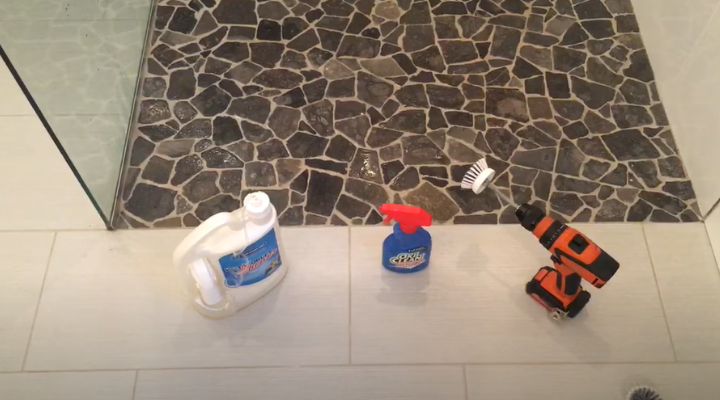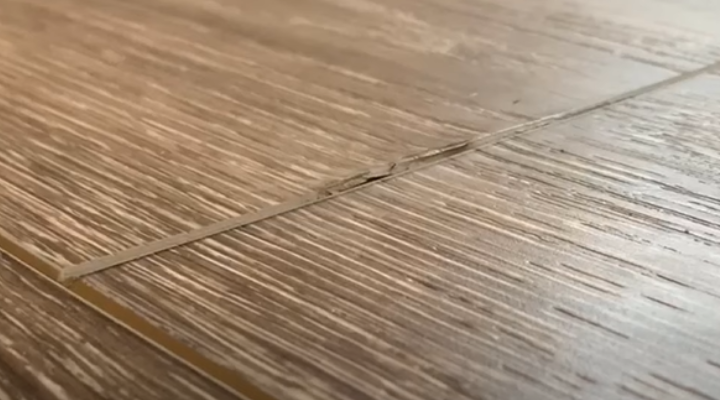How to Remove Epoxy Flooring: 3 Best Methods for Easy Removal
How to Remove Epoxy Flooring?
Epoxy flooring is known for its durability, chemical resistance, and seamless finish, making it a popular choice for garages, warehouses, and industrial spaces. However, there may come a time when you need to remove epoxy flooring, whether due to damage, wear, or a change in flooring type. The process isn’t as simple as peeling off a layer of paint—it requires proper tools, techniques, and safety measures to avoid damaging the underlying surface.
In this guide, we’ll discuss the best methods to remove epoxy flooring efficiently. We’ll also cover essential tips, tools, and precautions to ensure a smooth and hassle-free removal process.
Why Removing Epoxy Flooring Can Be Challenging
Epoxy flooring is designed to be extremely tough and long-lasting, which makes its removal quite challenging. Unlike traditional paints or coatings, epoxy bonds tightly to concrete and forms a hard, non-porous surface. Depending on the thickness of the epoxy, its age, and application method, removing it may require grinding, chemical stripping, or manual scraping.
Some challenges of epoxy flooring removal include:
- Strong Adhesion – Epoxy bonds deeply to concrete, making it difficult to scrape off.
- Thickness and Layers – Thicker coatings require multiple removal steps.
- Chemical Resistance – Many common solvents don’t break down epoxy effectively.
- Surface Damage Risk – Using improper tools or techniques can damage the concrete underneath.
Understanding these challenges will help you choose the best removal method for your specific flooring type.
Best Methods for Removing Epoxy Flooring
There are three main methods for removing epoxy flooring:
- Grinding (Mechanical Removal)
- Scraping (Manual Removal with Heat and Tools)
- Chemical Stripping (Using Solvents or Strippers)
Each method has its own advantages and limitations, which we will explore in detail below.
1. Grinding: The Most Effective Method
Grinding is the most effective and widely used method for removing epoxy flooring, especially for thick coatings. It involves using a floor grinder with diamond grinding discs to gradually wear down the epoxy layer until it’s completely removed.
How to Use a Grinder to Remove Epoxy Flooring
- Prepare the Area
- Remove any furniture, obstacles, and debris from the space.
- Ensure proper ventilation to minimize dust buildup.
- Choose the Right Grinder
- Use a floor grinder with diamond grinding discs for concrete surfaces.
- A handheld grinder can be used for smaller areas or edges.
- Start Grinding
- Begin at one corner and work systematically across the floor.
- Apply even pressure to avoid damaging the concrete.
- Keep moving the grinder to prevent uneven grinding or over-sanding.
- Clean the Floor
- Use a vacuum or dust extractor to remove epoxy dust.
- Wipe down the surface with a damp cloth for a smooth finish.
Pros and Cons of Grinding
| Pros | Cons |
|---|---|
| Highly effective for thick epoxy coatings | Requires specialized grinding equipment |
| Leaves a smooth, clean surface | Generates a lot of dust and debris |
| Works well for large areas | Can be time-consuming |
Grinding is best for stubborn epoxy floors and large commercial spaces where speed and efficiency are essential.
2. Scraping: A Manual but Cost-Effective Approach
Scraping is a manual method of removing epoxy flooring using a putty knife, chisel, or floor scraper. It works best when combined with heat or a solvent to soften the epoxy before removal.
Steps for Scraping Off Epoxy Flooring
- Apply Heat to Soften the Epoxy
- Use a heat gun or propane torch to heat the epoxy surface.
- Move the heat evenly to prevent scorching the floor.
- Start Scraping
- Use a putty knife or floor scraper to lift the softened epoxy.
- Apply steady pressure and work in small sections.
- Remove Residue
- Use acetone or another solvent to clean leftover epoxy.
- Scrub with a stiff brush to remove stubborn spots.
Pros and Cons of Scraping
| Pros | Cons |
|---|---|
| Affordable and does not require machinery | Time-consuming and labor-intensive |
| Good for small areas or minor epoxy patches | May require chemical assistance |
| Reduces dust compared to grinding | Can be physically demanding |
Scraping is best for DIY projects or smaller areas where heavy machinery is not available.
3. Chemical Stripping: Best for Thin Epoxy Layers
Chemical strippers dissolve epoxy coatings, making them easier to scrape off. This method is ideal for thin or old epoxy coatings that don’t require grinding.
How to Use Chemical Strippers
- Select the Right Stripper
- Choose an epoxy-specific chemical stripper for best results.
- Read the manufacturer’s instructions carefully.
- Apply the Stripper
- Spread a generous layer of stripper over the epoxy floor.
- Let it sit for the recommended time (usually 30-60 minutes).
- Scrape Off the Softened Epoxy
- Use a putty knife or floor scraper to remove the dissolved epoxy.
- Reapply if necessary for stubborn spots.
- Neutralize and Clean the Surface
- Rinse the floor with water and a neutralizing agent.
- Allow the surface to dry completely before applying new flooring.
Pros and Cons of Chemical Stripping
| Pros | Cons |
|---|---|
| Effective for thin epoxy layers | Requires proper ventilation and safety gear |
| Less physical effort than scraping | Toxic fumes may be present |
| Good for delicate concrete surfaces | Some strippers require multiple applications |
Chemical stripping is best for light epoxy coatings and areas where grinding isn’t an option.
Frequently Asked Questions
Can I remove epoxy flooring myself?
Yes, you can remove epoxy flooring using grinding, scraping, or chemical stripping. However, grinding requires specialized equipment, and chemical stripping involves handling strong solvents.
How long does it take to remove epoxy flooring?
The time required depends on the thickness of the epoxy and the removal method. Grinding can take a few hours, while scraping and chemical stripping may take a full day or more.
Does removing epoxy damage the concrete?
If done correctly, removing epoxy will not damage the concrete. However, using excessive force, the wrong tools, or harsh chemicals can lead to surface damage.
Final Thoughts on Removing Epoxy Flooring
Removing epoxy flooring is not an easy task, but with the right method, tools, and safety precautions, it can be done efficiently. Grinding is the best option for thick coatings while scraping with heat works well for smaller areas. Chemical stripping is useful for thin or older epoxy layers.
Regardless of the method you choose, proper preparation and patience are key to achieving a smooth and clean concrete surface. If you’re dealing with a large or complex space, hiring a professional may be the safest and most effective option.







